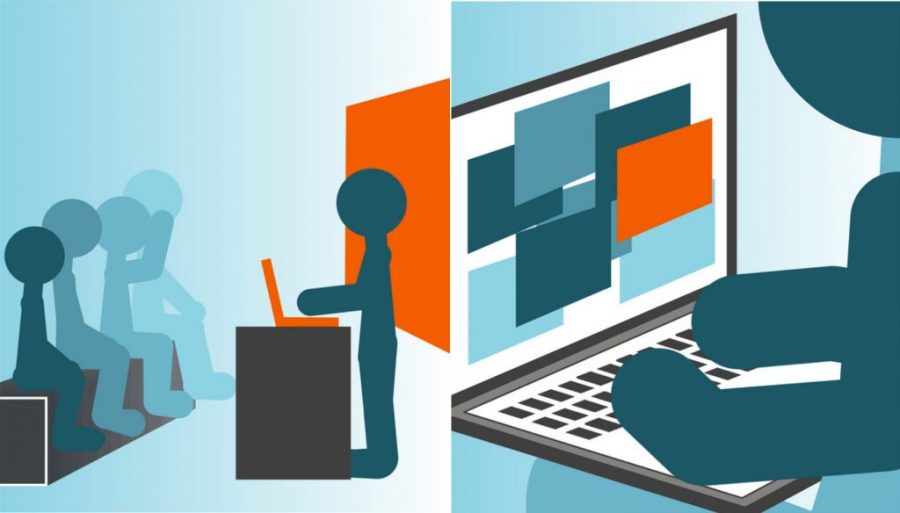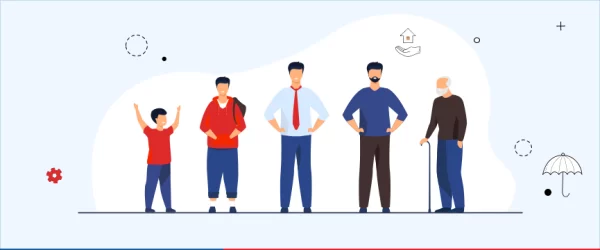How does virtual learning affect students’ comprehension?
The first quarter of the 2020-21 school year has come and gone, which means that the first ever fully virtual quarter has been completed. Although some students have joined their teachers in the physical classroom, the vast majority remain virtual due to the fear of COVID-19. After such a unique start to the year, it is worth considering the effects that virtual learning has on one’s ability to learn and comprehend the material that they are presented with.
One benefit that can arise from virtual learning is that students may be more relaxed in the comfort of their homes, thereby defeating any anxiety they have that may be aroused being in the physical school building. Often, students, especially those new to the school, have trouble focusing because they are so nervous about being in a new environment. This can make learning much more difficult for them, so being at home may suppress these feelings and allow them to better comprehend their information.
Many advantages of virtual learning have been experienced by many OH students. Senior Brooke Sefton asserts that virtual learning has allowed her “to learn at [her] own pace” and has “broadened [her] ability to understand and comprehend the curriculum.” As school has been more personalizable than ever before, Sefton’s comments most likely align with other students.
While several advantages do exist, it is impossible to ignore all of the drawbacks that result from learning online has on one’s capability to comprehend their schoolwork.
When learning from home, students have a myriad of distractions available to them. In brick and mortar, students are not able to use their phones during class or watch television. At home, however, these things are available to students. Nothing is stopping them from sitting back and playing video games during a teacher’s lecture. Sure, it’s their choice to do so, but the opportunity being available is enough to decrease the attention span of students and their ability to learn.
OH senior Josh Jacobowitz, touches on the availability of distractions as he believes that “virtual learning has hindered student’s learning capabilities.” After being back in the classroom for only a few days, Jacobowitz realized just how much students truly miss by learning virtually.
Another obvious flaw with virtual learning is that student’s don’t have an equal opportunity to ask questions as they would in physical class. Although Google Meet allows students to raise their hand and ask clarifying questions, some could easily feel reluctant to do so due to possible embarrassment of interrupting the class. In today’s world, students can’t be faulted for such a problem; however, it still exists and continues to inhibit students from learning at their full potential.
One noticeably helpful thing many teachers have done to help students is after school Google Meet sessions for students to ask any questions that they may have avoided asking during class time. Teachers in the OH Math Department have been prime examples of those who have enhanced the understanding of their students through this practice.
An anonymous junior attributes an easier learning process to the efforts of many teachers saying that although it was hard to obtain knowledge at first, it became adaptable after getting used to it. A mutual understanding and appreciation between teachers and students presents a bright future for virtual learning, however long that may last.
As students prepare for the rest of the school year, both the advantages and disadvantages of virtual learning should be understood. Students should be able to have success in brick and mortar and virtual. In the end, however, it’s really up to the student to buckle down and do their best to learn during this unique and unreal time.











